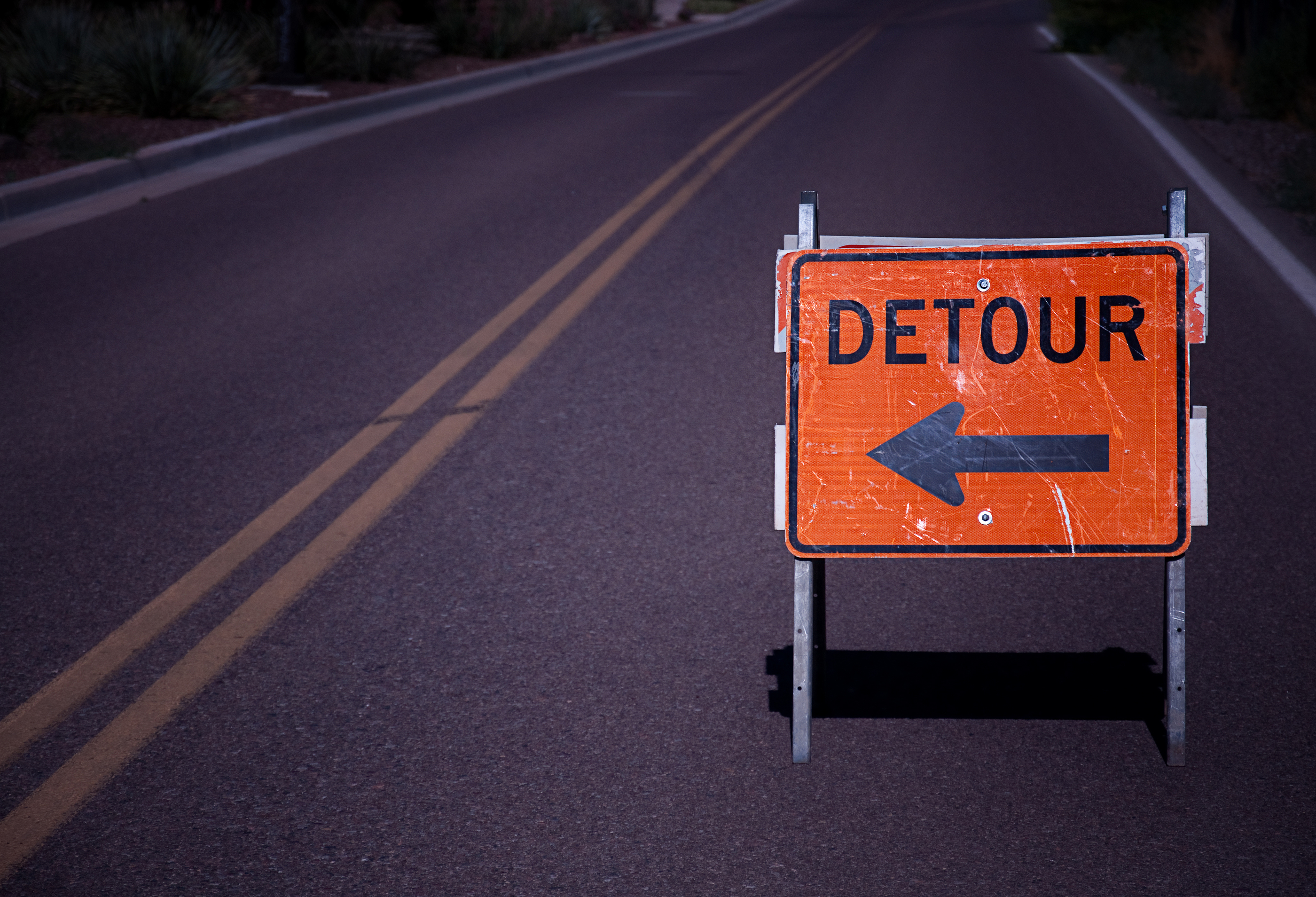County road levy diversion: A new focus for fiscal year 2017 county audits
May 16, 2016

Counties use property tax levies to collect funds for county roads. State law
(RCW 36.33.220) allows counties to divert a portion of these funds to the current expense fund. This must be done through a Board resolution, and the funds can be used for any service to be provided in the unincorporated area of the county. However, to be eligible for Rural Arterial Program funding (see below), counties must use the diverted revenues only for purposes of traffic law enforcement and must complete a certification attesting to this fact. It is important to note that this requirement is only applicable to counties with a population greater than 8,000.
What is the Rural Arterial Program (RAP)?
In 1983, the Legislature created the RAP to help finance the reconstruction of rural arterial roads through a portion of Motor Vehicle Fuel Taxes. RAP funding is provided to counties that own these rural arterial roads through a grant process administered by the County Road Administration Board (CRAB).
What can diverted road levy funds be used for to retain RAP eligibility?
A recent Attorney General's Office opinion (2017-01) clarifies what activities are considered traffic law enforcement. As outlined by state rule (WAC 136-25-030), the following are the only activities for which diverted funds can be used to remain eligible for RAP funding:
“(1) Speed limit and other traffic law enforcement;
(2) Collision investigation documenting/reporting;
(3) Oversize vehicle (weight, length, width, and height) enforcement;
(4) Special traffic emphasis patrols;
(5) Facilitating the removal of abandoned vehicles from the county road and rights of way;
(6) Facilitating the removal of roadway and right of way obstructions at the request of the county engineer;
(7) Investigating illegal littering and dumping on county road rights of way;
(8) Sign damage investigation and enforcement;
(9) Road condition enforcement, including mud, water, debris, or spills;
(10) Rights of way encroachment investigation and enforcement at the request of the county engineer;
(11) Maintenance and construction zone traffic enforcement;
(12) Road department vehicle special collision investigation at the request of the county engineer; and
(13) Other activities clearly related to county road law enforcement needs, as mutually agreed upon in writing by the county road engineer and the county sheriff. Disagreements shall be elevated to the county legislative authority.”
Source: WAC 136-25-030.
What is the difference between a levy diversion and a levy shift?
A road levy diversion is the diversion of road levy tax dollars to the current expense fund. This is accomplished as a procedural step during the budget adoption process (RCW 36.40), and it carries restrictions to maintain RAP eligibility (RCW 36.79.140). Whereas, a levy shift is when a county transfers revenue capacity from the county road levy to the current expense levy as part of the annual levy of taxes (RCW 84.52). This means that the road levy tax revenue capacity is decreased and the current expense levy tax revenue capacity is increased. State law (RCW 84.52.043) allows counties to increase the current expense levy from $1.80 per $1000 of assessed value up to a maximum of $2.475 per $1,000 of assessed value as long as the combination of the current expense and road levies does not exceed $4.05 and no other taxing district has its levy reduced as a result of the shift. Counties might consider a levy shift over a diversion because a shift comes with no restrictions that could impact RAP eligibility.
Do you have questions?
If you have further questions, please contact our new County Program Manager, Brad White, at whitebd@sao.wa.gov or through our online Client HelpDesk.
